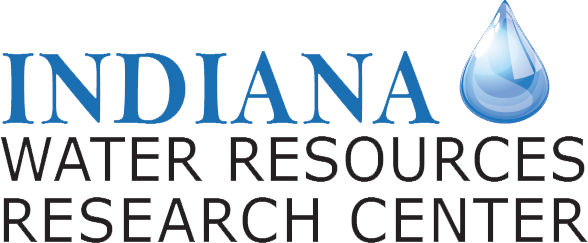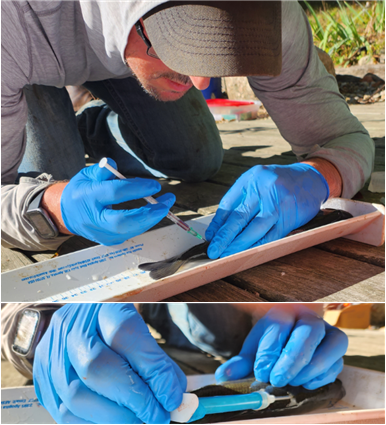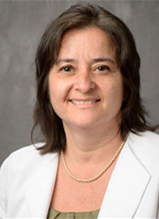Factsheet – A survey of forever chemicals in Indiana: does agricultural biosolid application contaminate wetland ecosystems with per– and polyfluoroalkyl substances (PFAS)?
A research project funded by the Indiana Water Resources Research Center through the U.S. Geological Survey’s 104B annual base grants (section 104 of the Water Resources Research Act of 1984, as amended).

Start Date: 2021-09-01
End Date: 2022-08-31
Total Federal Funds: $25,000
Total Non-Federal Funds: $36,012
Per- and polyfluoroalkyl substances (PFAS) are a large class of chemicals that have been released into the environment, resulting in ubiquitous exposure, accumulation, and toxicity among humans and wildlife. PFAS concentrate in municipal biosolids, which are often recycled as agricultural fertilizer. Crops grown on these fields have been examined for PFAS uptake, and soil biota have been assessed for exposure and accumulation. However, no studies have examined wetland ecosystems receiving this runoff. We identified a permanent, constructed wetland receiving runoff from biosolid-amended fields and a reference site with no known biosolid source to collect samples to determine if and how biosolid amendments introduce PFAS into nearby wetland ecosystems.
Research Objectives
Determine whether agricultural biosolid applications in Indiana have led to PFAS contamination in adjacent wetland ecosystems by:
1. characterizing identities and concentrations of PFAS in biosolid amended soils and in receiving wetland water and sediments,
2. calculating bioaccumulation and biomagnification factors (BAFs and BMFs, respectively) for biota across trophic levels to determine if and how PFAS move through aquatic food webs, and
3. determining whether physiochemical properties like chain length, functional group identity, or sorption coefficients are associated with flux between biosolid affected soils and wetland media/biota.

Largemouth bass being bled for PFAS analysis (above) and PIT tagged for long-term follow-up of PFAS concentrations (below).
Researcher Profile

Major Conclusions & Significance
What Does This Mean For Indiana?


